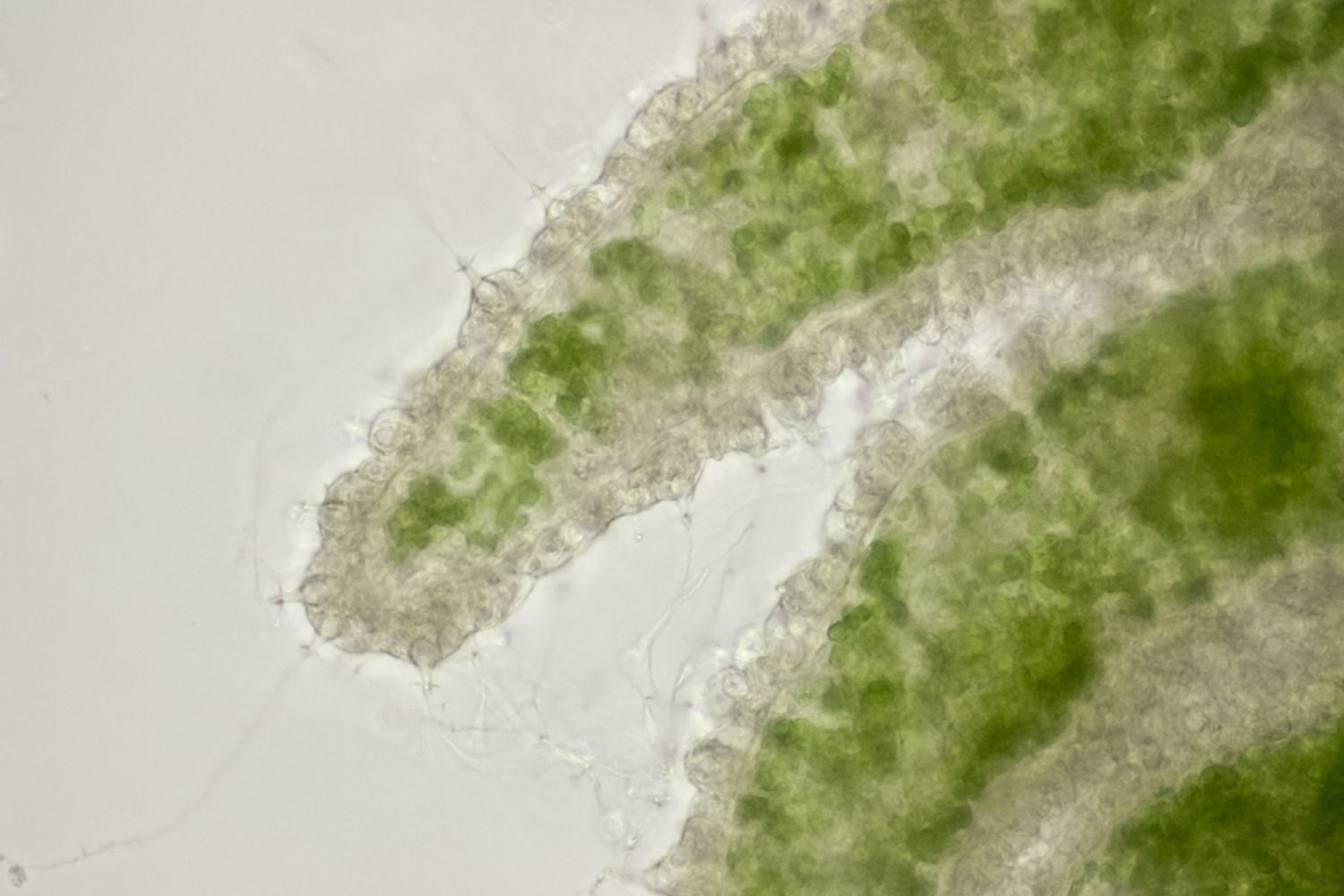
Nematocysts are tiny, yet powerful, stinging structures found in certain aquatic creatures like jellyfish, sea anemones, and corals. These microscopic harpoons play a crucial role in both defense and capturing prey. Ever wondered how such small organisms can pack such a punch? Nematocysts contain a coiled thread that, when triggered, shoots out to deliver toxins. This mechanism is not just fascinating but also vital for the survival of these creatures. Understanding nematocysts can help us appreciate the complexity and beauty of marine life. Ready to dive into some mind-blowing facts about these incredible stingers?
Key Takeaways:
- Nematocysts are tiny structures in jellyfish and corals that shoot out toxins to capture prey and defend against predators. They are like natural harpoons with venomous tips, helping these creatures survive in the ocean.
- Nematocysts play a crucial role in marine ecosystems by controlling the population of small organisms, providing defense for cnidarians, and even offering potential medical applications. They are like tiny superheroes of the sea, maintaining balance and diversity.
What Are Nematocysts?
Nematocysts are fascinating structures found in certain aquatic creatures. These tiny, specialized cells play a crucial role in the survival of these organisms. Let's dive into some intriguing facts about nematocysts.
- Nematocysts are found in cnidarians, a group that includes jellyfish, sea anemones, and corals.
- Each nematocyst contains a coiled, thread-like tube that can rapidly uncoil and inject toxins.
- The primary function of nematocysts is to capture prey and defend against predators.
- Nematocysts are triggered by physical or chemical stimuli, such as touch or certain chemicals in the water.
- There are different types of nematocysts, each with a unique structure and function.
- Some nematocysts have barbs or spines that help anchor the prey.
- The toxins delivered by nematocysts can paralyze or kill small prey instantly.
- Nematocysts are among the fastest cellular processes in nature, with some firing in less than a millisecond.
- The venom of some jellyfish, like the box jellyfish, can be deadly to humans.
- Nematocysts are not only found in adult cnidarians but also in their larvae.
How Do Nematocysts Work?
Understanding the mechanism behind nematocysts can be quite fascinating. These tiny structures are marvels of natural engineering.
- When a nematocyst is triggered, the coiled thread inside it rapidly uncoils and shoots out.
- The thread can penetrate the skin of prey or predators, delivering toxins directly into their tissues.
- The pressure inside a nematocyst can be extremely high, helping the thread to shoot out with great force.
- Some nematocysts have a harpoon-like structure that helps them anchor firmly into the target.
- The toxins in nematocysts can vary widely, from simple irritants to complex neurotoxins.
- Nematocysts can be reused after they have been discharged, but they need time to regenerate.
- The firing mechanism of nematocysts is still not fully understood, but it involves a combination of chemical and mechanical processes.
- Nematocysts are highly specialized cells, and each type of cnidarian has its own unique set of nematocysts.
The Role of Nematocysts in Ecosystems
Nematocysts play a vital role in marine ecosystems. They help maintain the balance of these environments in several ways.
- By capturing prey, nematocysts help control the population of small marine organisms.
- Nematocysts provide a defense mechanism for cnidarians, helping them survive in a competitive environment.
- Some fish and other marine animals have developed resistance to nematocyst toxins, allowing them to feed on cnidarians.
- The presence of nematocysts can influence the behavior and distribution of other marine organisms.
- Nematocysts contribute to the biodiversity of coral reefs by providing a habitat for various marine species.
- The toxins produced by nematocysts can have medical applications, such as pain relief and cancer treatment.
- Studying nematocysts can help scientists understand more about cell biology and the evolution of venomous organisms.
The Final Sting
Nematocysts, those tiny but powerful structures, play a crucial role in the survival and defense of many marine creatures. From jellyfish to sea anemones, these specialized cells deliver venom with remarkable precision. Understanding how nematocysts work not only fascinates scientists but also helps in medical research, especially in developing treatments for stings.
These microscopic wonders remind us of the incredible complexity and diversity of life in our oceans. They serve as a testament to nature's ingenuity, showing how even the smallest components can have a significant impact. Whether you're a marine biologist, a curious student, or just someone who loves the ocean, learning about nematocysts offers a glimpse into the hidden mechanisms that keep marine ecosystems thriving.
So next time you marvel at a jellyfish or explore a coral reef, remember the tiny nematocysts working behind the scenes.
Frequently Asked Questions
Was this page helpful?
Our commitment to delivering trustworthy and engaging content is at the heart of what we do. Each fact on our site is contributed by real users like you, bringing a wealth of diverse insights and information. To ensure the highest standards of accuracy and reliability, our dedicated editors meticulously review each submission. This process guarantees that the facts we share are not only fascinating but also credible. Trust in our commitment to quality and authenticity as you explore and learn with us.
